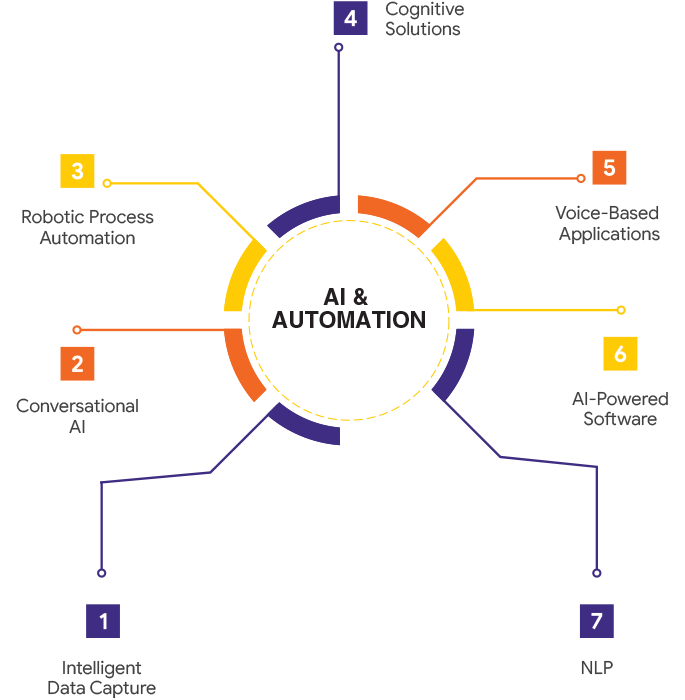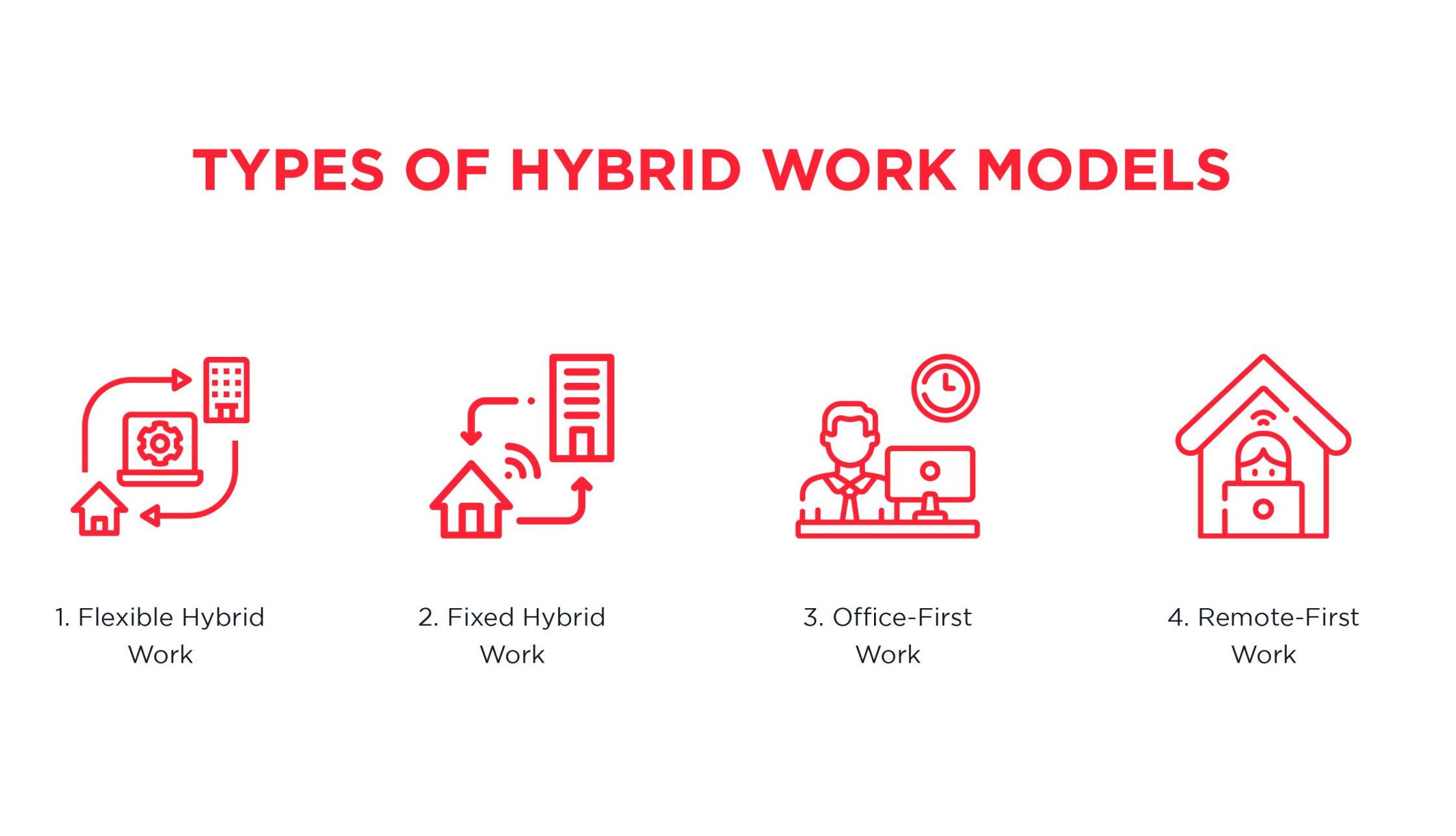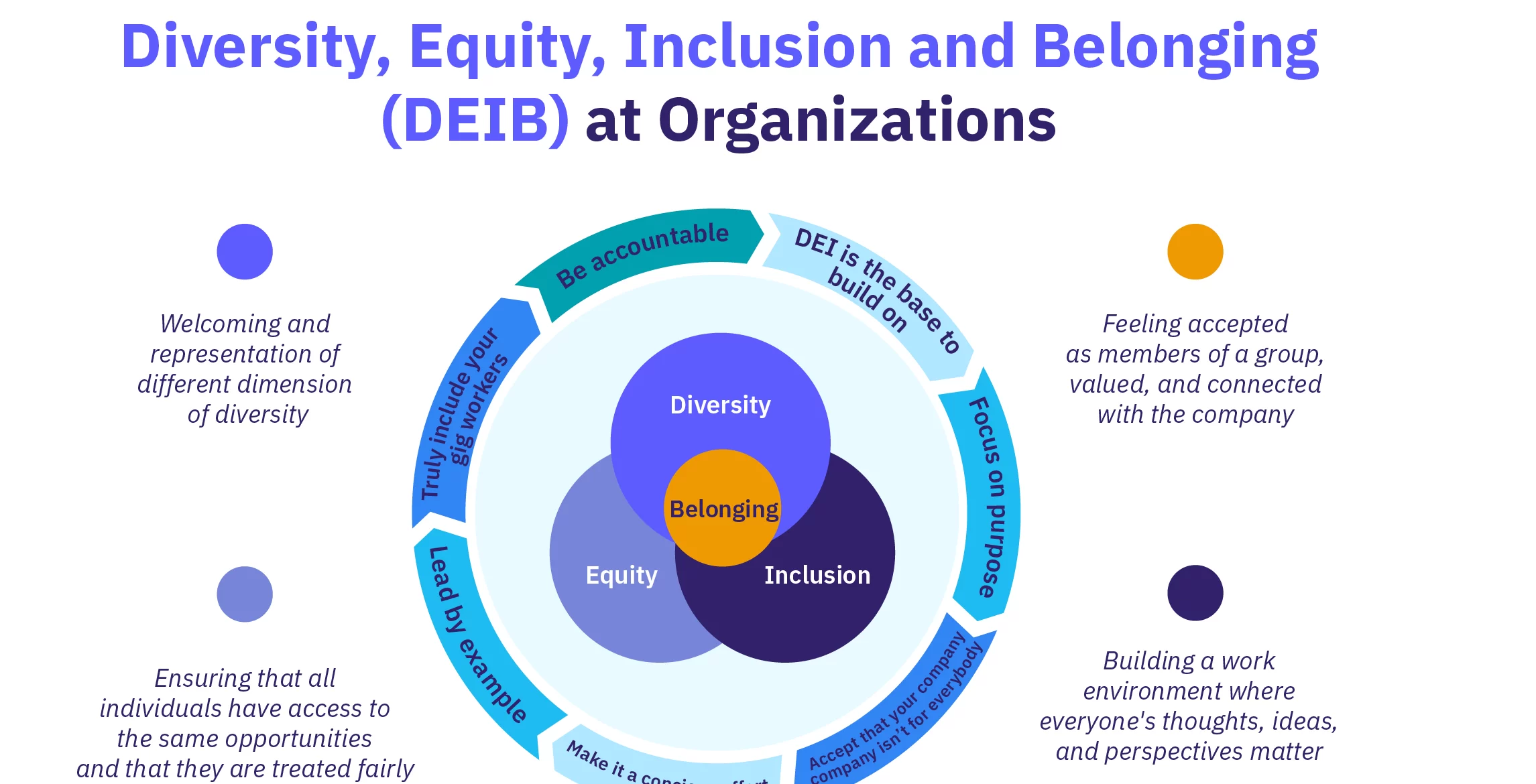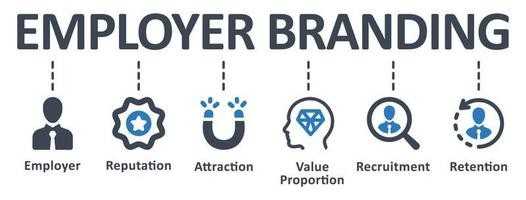The recruitment landscape is constantly evolving, driven by technological advancements, shifting workforce dynamics, and changing employer and candidate expectations. As we navigate through 2024, several key trends are shaping the future of recruitment, offering both challenges and opportunities for employers and job seekers alike. In this blog post, we’ll explore these trends and how they are transforming the way organizations attract, hire, and retain talent.
1. Artificial Intelligence and Automation

AI and automation are revolutionizing the recruitment process, making it more efficient and effective. Here’s how:
- AI-Powered Screening: Automated systems can quickly sift through resumes, identifying the most qualified candidates based on predefined criteria. This reduces the time and effort required for initial candidate screening.
- Chatbots for Candidate Engagement: AI-powered chatbots can handle routine inquiries, schedule interviews, and provide real-time updates to candidates, enhancing the overall candidate experience.
- Predictive Analytics: By analyzing historical hiring data, AI can predict which candidates are likely to succeed in a given role, helping recruiters make more informed decisions.
2. Remote and Hybrid Work Models

The shift towards remote and hybrid work models, accelerated by the COVID-19 pandemic, continues to influence recruitment strategies:
- Expanding Talent Pools: Employers can now access a global talent pool, allowing them to find the best candidates regardless of location.
- Flexible Work Arrangements: Offering remote or hybrid work options is becoming a key differentiator for attracting top talent. Candidates are increasingly prioritizing work-life balance and flexibility.
- Virtual Onboarding: With remote work becoming more common, organizations are investing in virtual onboarding programs to ensure new hires feel connected and supported from day one.
3. Emphasis on Diversity, Equity, and Inclusion (DEI)

DEI initiatives are gaining momentum as organizations recognize the value of a diverse and inclusive workforce:
- Inclusive Hiring Practices: Companies are adopting strategies to eliminate biases in the hiring process, such as blind recruitment and diverse interview panels.
- DEI Metrics and Accountability: Employers are setting measurable DEI goals and holding themselves accountable through regular reporting and audits.
- Employee Resource Groups (ERGs): ERGs provide support and advocacy for underrepresented groups within the organization, fostering a more inclusive workplace culture.
4. Skills-Based Hiring

The focus is shifting from traditional qualifications to skills and competencies:
- Skills Assessments: Employers are using skills assessments and practical tests to evaluate candidates’ abilities, ensuring they have the necessary skills to succeed in the role.
- Upskilling and Reskilling: Organizations are investing in training and development programs to upskill current employees and bridge skill gaps.
- Soft Skills: Attributes like adaptability, communication, and problem-solving are becoming as important as technical skills, reflecting the need for well-rounded employees.
5. Employer Branding and Candidate Experience

A strong employer brand and positive candidate experience are crucial for attracting and retaining top talent:
- Employer Value Proposition (EVP): Clearly communicating the unique benefits and opportunities that come with working for an organization helps attract candidates who align with the company’s values and culture.
- Candidate-Centric Approach: Providing a seamless, transparent, and respectful recruitment process enhances the candidate experience and leaves a lasting positive impression.
- Social Media and Online Presence: Maintaining an active and engaging online presence on platforms like LinkedIn, Glassdoor, and other social media channels helps build a strong employer brand.
6. Data-Driven Recruitment

Leveraging data and analytics to inform recruitment strategies is becoming increasingly important:
- Recruitment Metrics: Tracking key metrics such as time-to-hire, cost-per-hire, and candidate quality helps organizations optimize their recruitment processes.
- Talent Analytics: Analyzing data on candidate sources, application trends, and hiring outcomes provides insights that can improve sourcing strategies and candidate targeting.
- Benchmarking and Competitive Analysis: Understanding industry benchmarks and competitor practices helps organizations stay competitive in the talent market.
Conclusion
The future of recruitment is dynamic and multifaceted, driven by technological advancements, changing work models, and a growing emphasis on diversity and inclusion. By staying abreast of these trends and adapting their strategies accordingly, organizations can attract and retain the best talent in an increasingly competitive landscape.

